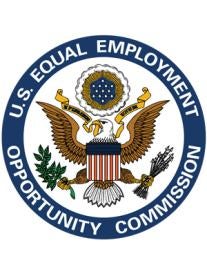Since June 2011, when the EEOC suggested it might issue guidance on leave as a reasonable accommodation under the ADA, we have likened the wait to waiting for Godot. After nearly five years of reciting that “it didn’t come today, it might come tomorrow,” on May 9, 2016, the EEOC issued a “resource document” on leave and the ADA. Unlike in Beckett’s play, Godot arrived.
The thirteen page document, in easy-to-read format and sprinkled with twenty examples, collects some of the basic principles governing leave as an accommodation under the ADA. To that extent, it is a useful resource for new and veteran leave administrators alike.
But some insight one would expect to find in this document is not there. For example, it notes the familiar refrain that an employer may need to provide leave to an employee with a disability even if the employer does not offer leave as a benefit; or the employee is not eligible for leave under the employer’s policy; or the employee has exhausted the leave available under the employer’s policy and the law, e.g. FMLA. The document stops short of addressing the next obvious next, the most vexing question for employers: how much additional leave does an employer need to provide? The rote response–unless it is an undue hardship—is unsatisfying.
The maximum leave discussion misses an opportunity as well. The EEOC recites its long held position—an employer must consider modifying its maximum leave policy as an accommodation under the ADA. The Tenth Circuit and a recent Florida district court case have rejected the EEOC’s position. See here. Some discussion of this opposing view would have been valuable.
Finally, in U.S. Airways v. Barnett, the Supreme Court set out the analytical framework for use in every accommodation case. The first step requires the plaintiff to establish that the requested accommodation is reasonable “in the run of cases” before even getting to the undue hardship analysis. The resource document glosses over this important first step by referencing it in a footnote (5) and stating that all requested accommodations noted in the document are assumed to be reasonable, as that term is defined in U.S. Airways. This is the equivalent of a baserunner starting on second base. Some discussion of requests for additional leave that were not reasonable in the run of cases would have been helpful. Not all requests for additional leave are reasonable in the run of cases, are they?




 i
i


